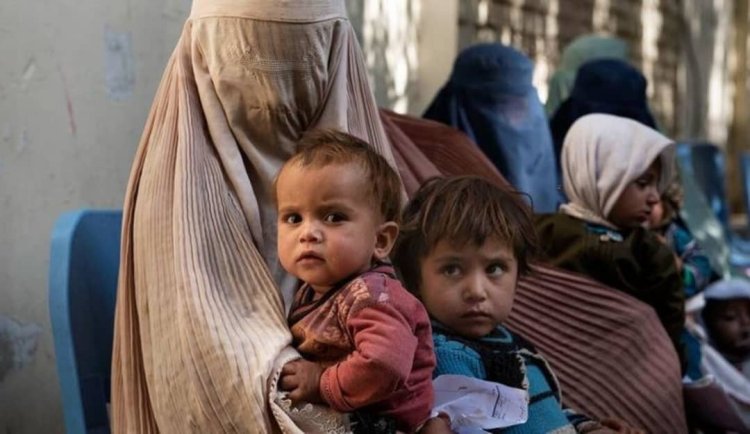Two-thirds of Afghanistan's population face poverty in last two years: global poverty index report

A staggering 64.9% of Afghanistan's population has lived in poverty over the past two years, according to the latest report by the Global Multidimensional Poverty Index (MPI) and the United Nations Development Program (UNDP). The report, published in collaboration with the University of Oxford's Institute for Human Development and Poverty, highlights the severe economic challenges facing the Afghan people in 2022 and 2023.
The findings show that poverty levels in Afghanistan have surged dramatically since 2015-2016, when an estimated 5.3 million Afghans lived below the poverty line. The current statistics reflect the widespread impact of Afghanistan's political instability, economic collapse, and ongoing humanitarian crises following the Taliban’s return to power in 2021.
The report forms part of a broader global analysis of poverty, examining the living conditions of 6.3 billion people across 112 countries. Among these, 1.1 billion people are suffering from "multidimensional acute poverty," a measure that accounts not only for income but also factors like access to education, healthcare, and basic living standards. Alarmingly, half of those affected are children, signaling a grave future for the younger generation in impoverished regions.
Afghanistan is part of a larger trend in which 40% of the world's poor, about 455 million people, reside in countries affected by violent conflict. The report indicates that 19% of the world's poor, or 218 million people, live in conflict-ridden areas, exacerbating poverty through displacement, destruction of infrastructure, and lack of basic services.
Globally, the poverty report also reveals other critical challenges:
- 828 million people worldwide lack access to healthcare.
- 886 million people are homeless.
- 637 million are facing malnutrition.
Afghanistan, a country ravaged by decades of conflict and economic turmoil, has seen these factors compounded under the Taliban’s rule, with international sanctions, drought, and the withdrawal of much-needed foreign aid further devastating the economy.
Humanitarian organizations have repeatedly called for more international assistance to alleviate the suffering in Afghanistan, where millions of people are on the brink of starvation and poverty. However, the Taliban's governance policies, including restrictions on women's education and employment, have raised concerns about the effective distribution of aid and the future development of the country.
As Afghanistan struggles with these mounting challenges, the global report serves as a stark reminder of the ongoing and deepening crises faced by vulnerable populations, particularly in regions marred by conflict and instability.
